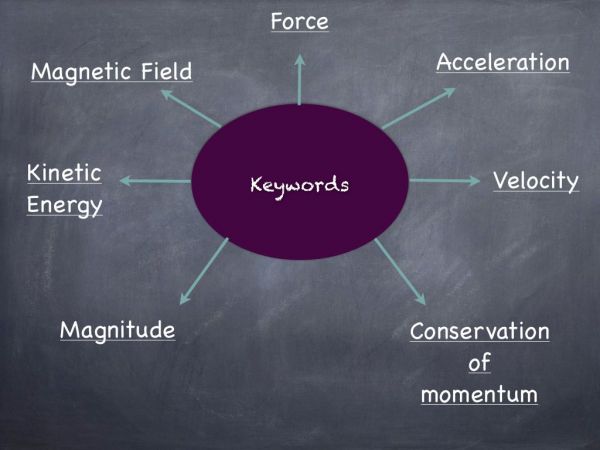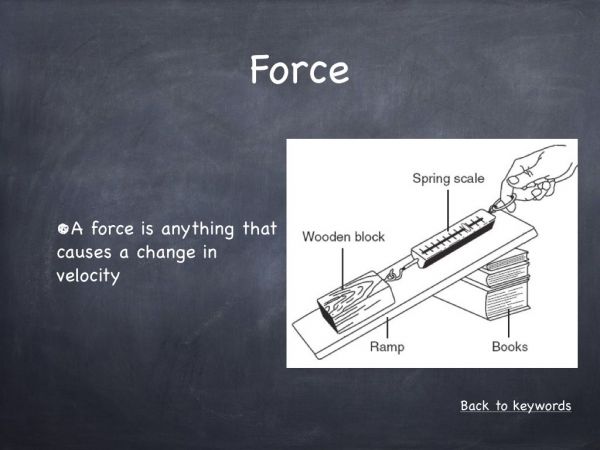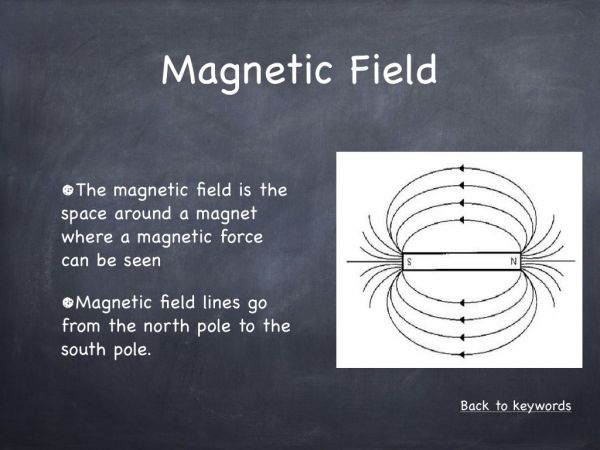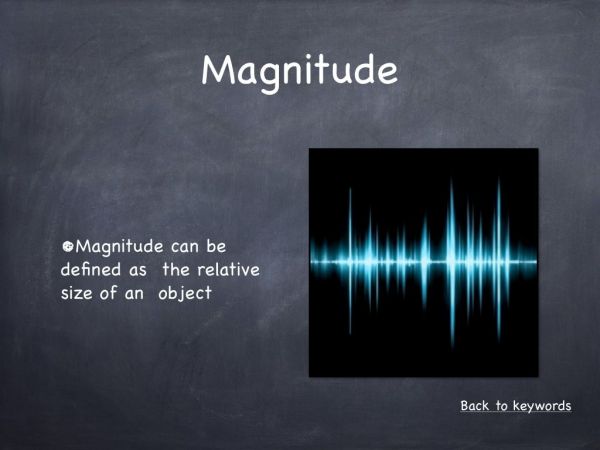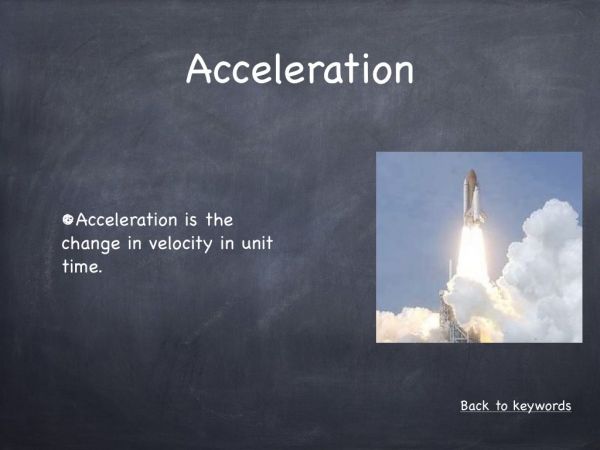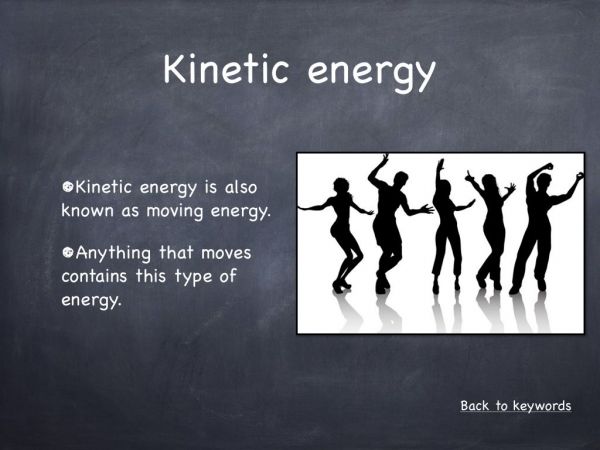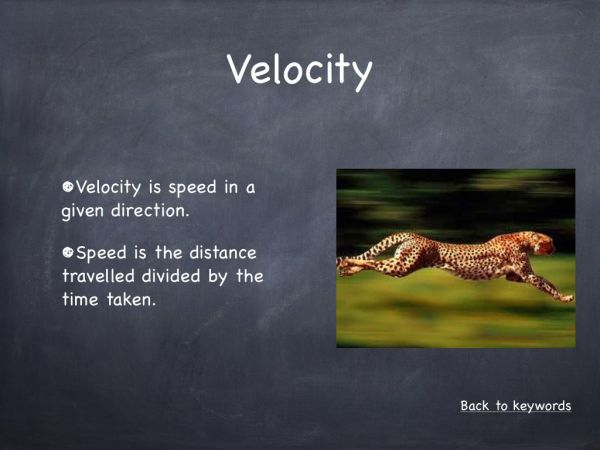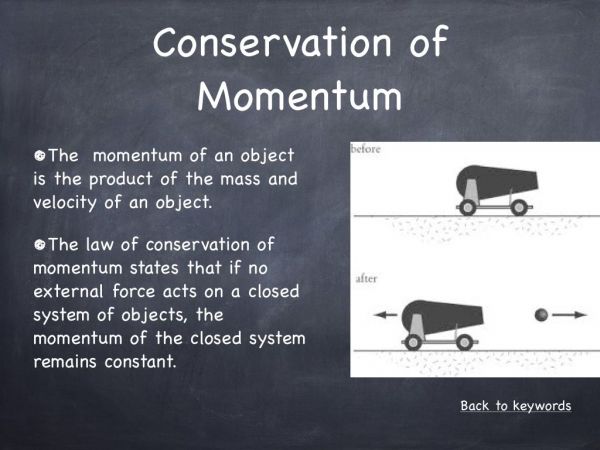Magnetism is an example of a force. The stronger the magnet, the stronger the magnetic force. In this demonstration, we use neodymium magnets (Nd2Fe14B). These are available from Amazon and Maplins.
Methodology
Materials
- 4 neodymium magnets
- 13 ball bearing
- Plastic to be used as base
Method
The start of the clip shows the attraction between two magnets. As the bigger magnet moves closer, the other magnet starts to experience a force due to the magnetic field. We used a length of string to lower down the magnet till it is close enough to attract the other magnet.
In the second part of the demonstration, we construct a magnet (gauss) gun. Care must be taken. We used a piece of corrugated plastic as the base of the gun with the 4 magnets taped and stuck in.
1. Place the neodymium magnets on the plastic and place four or five ball bearings in a line touching one side of the magnets.
2. Place one more ball bearing on the opposite side of the magnets, far enough away that it isn’t pulled toward the magnets (in Figure 13 it is 5 cm away).
3. When you are ready to fire it, nudge the single ball bearing so it slowing rolls toward the magnets. You can also set several of these up in a chain; each one will fire the next with increasing speed
When you release the first ball, it is attracted to the first magnet. It hits the magnet with a respectable amount of force, and a velocity. The momentum of the ball hitting the first magnet is conserved and is “transferred” to the magnet flying off
This transfer of momentum is familiar to snooker players — when the cue ball hits another ball, the cue ball stops and the other ball speeds off. Since momentum is conserved, the second ball moves away with the same velocity as the first ball hit the magnet. Due to the force of attraction of the second magnet, it will picks up speed. When it hits the second magnet, it is moving nearly twice as fast as the first ball. This pattern continues down the magnet, with the ball bearing increasing velocity at each stage.
Tips
The construction is easy to design but hard to build. It will take a lot of trial and error to make work.
Theory behind the hook
This hook is based on the theory that magnets have an attractive force with the right material. When you release the first ball, it is attracted to the first magnet. It hits the magnet with a respectable amount of force, and a velocity. The momentum of the ball hitting the first magnet is conserved and is “transferred” to the magnet flying off. This transfer of momentum is familiar to snooker players — when the cue ball hits another ball, the cue ball stops and the other ball speeds off. Since momentum is conserved, the second ball moves away with the same velocity as the first ball hit the magnet. Due to the force of attraction of the second magnet, it will picks up speed. When it hits the second magnet, it is moving nearly twice as fast as the first ball. This pattern continues down the magnet, with the ball bearing increasing velocity at each stage.
How this hook works
People find magnets very interesting and kinaesthetic learners could play with magnets for hours. The topic itself is one of the most interesting in physics. As well as that magnets are used in almost every modern day appliance. This automatically makes the video interesting. Pupils will hooked by the fact that the magnets are being used to create a projectile. This is use for magnets that most pupils will not have seen before and hopefully get them trying to figure out what exactly is going on in the video.
Questions & Answers
Lower Order
- List two uses of magnets.
Door in the fridge and in speakers - What is a space around a magnet called?
Magnetic field - Name the elements that are magnets.
Iron, cobalt, nickel - What are the two types of forces between a magnet?
Attraction and repulsion
Higher Order
- How do you break a magnet?
Fire and impact - Why should you never keep a strong magnet in your purse of wallet?
Magnetic strip in bank cards can be damaged. - How are particle accelerated in the hadron collider?
Magnetic fields generated from electron magnets
Cross Curricular Links
Real world links to computer hard drives, speakers that contain neodymium magnets.
Numeracy
Calculation and manipulation of the Speed= distance/time.

